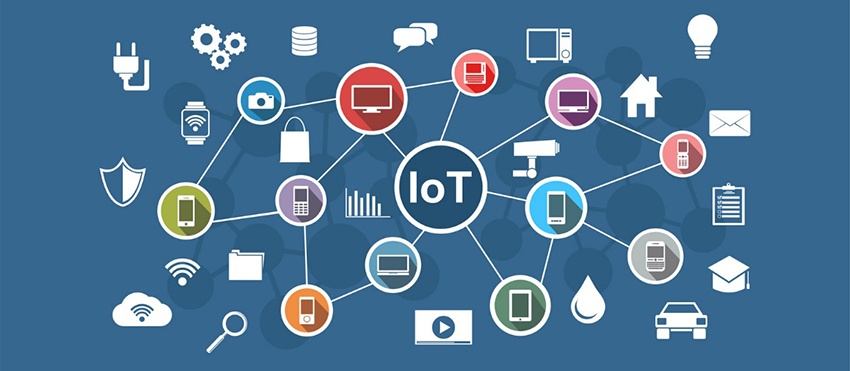IoT: Connecting the World in a Web of Possibilities

Introduction
In an increasingly connected world, the Internet of Things (IoT) emerges as a technological marvel, interweaving physical devices, sensors, and software into a vast network. IoT is transforming how we interact with our surroundings, from smart homes and cities to industrial automation and healthcare. In this blog, we will explore the fascinating realm of IoT, its applications, benefits, and the challenges it poses as we navigate this interconnected landscape.
What is the Internet of Things?
The Internet of Things refers to the network of everyday objects embedded with sensors, software, and connectivity, enabling them to collect and exchange data with other devices and systems over the internet. These smart devices can gather information, make decisions, and, in some cases, act autonomously, revolutionizing numerous aspects of modern life.
How IoT Works
At the heart of IoT lies the integration of four key components:
Devices and Sensors: Everyday objects, ranging from appliances, wearables, and vehicles to industrial machinery, are equipped with sensors to collect data about their environment and performance.
Connectivity: IoT devices use various communication protocols, such as Wi-Fi, Bluetooth, cellular, or LPWAN (Low Power Wide Area Network), to transmit data to the cloud or other connected devices.
Data Processing and Analysis: The collected data is sent to cloud platforms or edge computing devices, where it is processed and analyzed using AI and machine learning algorithms.
Action and Feedback: Based on the analyzed data, IoT devices can take actions autonomously or provide feedback to users for informed decision-making.
Applications of IoT
The versatility of IoT has led to its adoption across diverse domains:
1. Smart Homes: IoT-enabled smart homes feature interconnected devices like smart thermostats, lighting systems, and security cameras, providing residents with enhanced control and energy efficiency.
2. Industrial IoT (IIoT): In manufacturing and industrial settings, IIoT optimizes processes, monitors equipment health, and improves predictive maintenance, increasing productivity and reducing downtime.
3. Healthcare: IoT devices and wearables help monitor patients' vital signs, track medication adherence, and enable telemedicine, advancing personalized healthcare and remote patient monitoring.
4. Smart Cities: IoT contributes to the development of smart cities by optimizing traffic management, waste collection, energy consumption, and public safety.
5. Agriculture: IoT solutions aid farmers with precision agriculture techniques, enabling efficient water usage, crop monitoring, and livestock management.
Benefits of IoT
The widespread adoption of IoT brings forth numerous benefits:
Improved Efficiency: IoT streamlines processes, reduces manual intervention, and enhances resource allocation, leading to increased efficiency and cost savings.
Enhanced User Experience: Smart devices offer personalized experiences, empowering users with real-time insights and greater control over their surroundings.
Data-Driven Insights: The data collected by IoT devices provides valuable insights for businesses, governments, and individuals, enabling informed decision-making and actionable intelligence.
Sustainability: IoT's ability to optimize resource usage contributes to environmental sustainability by reducing waste and energy consumption.
Challenges and Considerations
As IoT proliferates, several challenges must be addressed:
Security: IoT devices may be vulnerable to cyber-attacks, requiring robust security measures to safeguard data and privacy.
Interoperability: Ensuring seamless communication and compatibility between different IoT devices and platforms is essential for a cohesive ecosystem.
Data Privacy: Collecting and managing vast amounts of data raises concerns about data privacy and the responsible use of personal information.
Scalability: As the number of connected devices grows, scaling IoT infrastructure to handle the influx of data becomes a significant consideration.
Conclusion
The Internet of Things is undeniably changing the fabric of our world. From revolutionizing industries to simplifying daily life, IoT's potential seems boundless. As we navigate this interconnected landscape, addressing security, privacy, and ethical concerns is critical to harnessing IoT's full potential for a prosperous and sustainable future. With responsible implementation and innovation, IoT will continue to weave the world into a web of possibilities, shaping the way we live and interact with technology.
Comments
Post a Comment